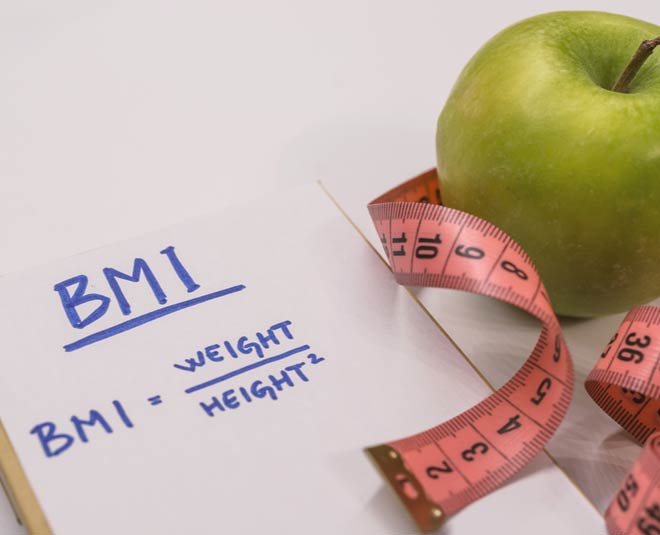
Every time you step into a hospital, a check-up routine is followed. While the check-up may seem abrupt, it has a reason behind it. Doctors have their way of finding your dietary needs and restrictions through this process. Here’s everything you need to know about the procedure and more!

For over 100 years, medical professionals have used BMI to determine a person's weight category. It uses a mathematical formula by combining the weight and height of an individual to find out if the individual is underweight or overweight.
BMI is known as the obesity indicator as it helps find the same. However, the tool has attracted some criticism for causing confusion and failing to measure abdominal/waist fat while determining obesity.
Limited or lack of physical activity, poor eating habits, and lack of sleep have resulted in more people getting lifestyle diseases like diabetes, hypertension, and obesity, among others.
Read More-Top 10 Nutritious Food That You Need To Eat Every Day
BMI = weight (kg) / height 2
BMI is calculated by dividing weight (in kilograms) by the square of height (in meters).
For an adult with a height of 180 cm and a weight of 75 kg. Our first step needs to be to convert the height into meters. As there is 100cm in a meter, we divide our figure by 100. This gives us 1.8m.
BMI = 75 ÷ (1.8 × 1.8)
BMI = 75 ÷ 3.24
This gives us a BMI figure of 23.15.

BMI = 703 × weight (lbs) / [height (in)]2
For an adult with a height of 5ft 11 inches and a weight of 155 pounds (lbs). Step one is to convert the height into inches only. There are 12 inches in a foot, so we simply multiply the 5ft by 12 and then add the 11 inches. This gives us a total of 71 inches.
BMI = 703 × (155 ÷ (71 × 71))
We do the multiplication inside the brackets first:
BMI = 703 × (155 ÷ 5041)
And then...
BMI = 703 × 0.030747867
This gives us a BMI figure of 21.62.
BMI is something that you can find out using applications that are available online. You just need to search on your search engine and find a website that will allow you to do the same. You need to know your vitals before you go on to finding your BMI.

The BMI statistical categories below are based on BMI scores and apply to adults of age 20 years and upwards. The World Health Organisation (WHO) regards a healthy adult BMI to be between 18.5 and 25.
If your result is below 18.5, you are termed to be underweight according to the BMI metrics while 18.5 - 24.5 is considered to be an ideal weight category for an individual. 25.0 - 29.9 will term you to be overweight, after which there are categories ranging from classes of obesity, going from 1 to 3.
Stay tuned to HerZindagi for more tips and tricks!
Also watch this video
Herzindagi video
Our aim is to provide accurate, safe and expert verified information through our articles and social media handles. The remedies, advice and tips mentioned here are for general information only. Please consult your expert before trying any kind of health, beauty, life hacks or astrology related tips. For any feedback or complaint, contact us at compliant_gro@jagrannewmedia.com.